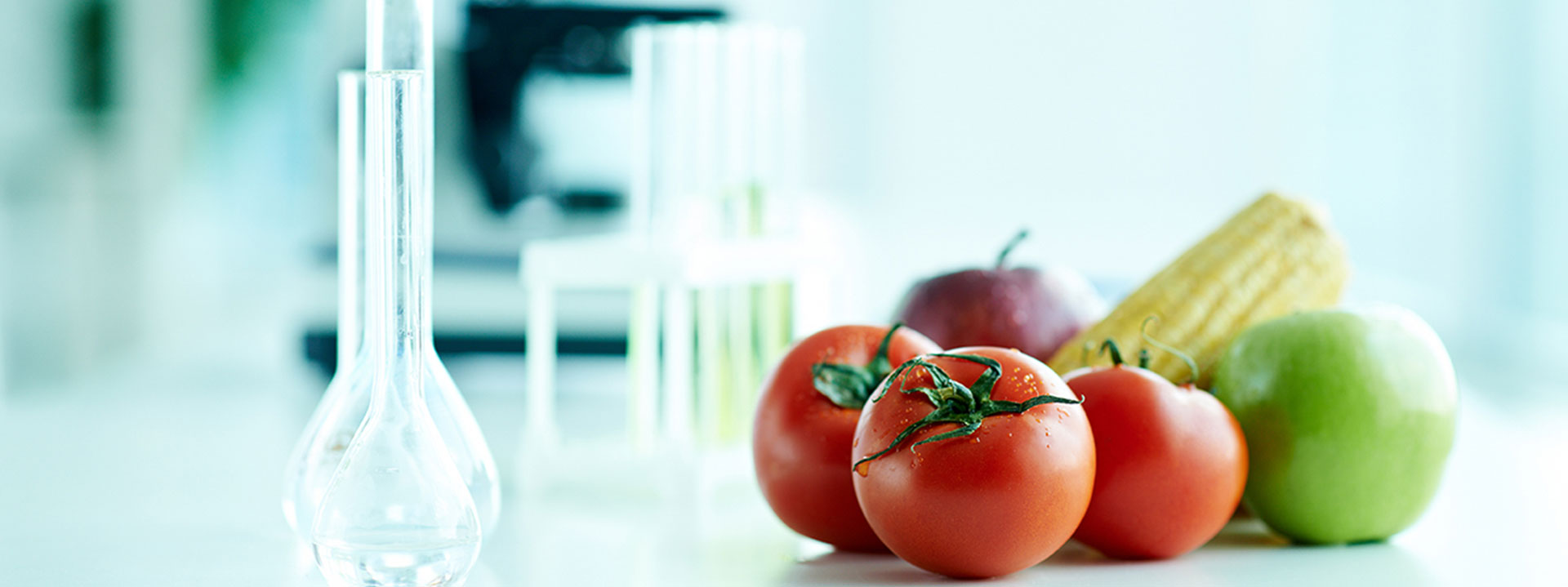Germany has applied procedures to control printing inks and varnishes in food contact materials and articles. The requirements for printing inks and varnishes in food contact materials and articles will become active on January 1, 2026
On December 7, 2021, Germany’s Federal Ministry of Food and Agriculture ( Bundesministerium für Ernährung und Landwirtschaft, BMEL) printed its Twenty-First Regulation amending the Customer Goods Ordinance (Bedarfsgegenständeverordnung, BedGgstV) to regulate printing inks and varnishes in food contact materials and articles (the Ordinance).
The Ordinance contains, inter alia, several important provisions:
• Defines printing inks as inks or varnishes that are applied to food contact articles in a printing or painting process but does not include mixtures for coloring food contact articles and decorative paints for food contact articles made of ceramics or glass that are applied during a firing process
• Provides a definition for nanomaterials in printing inks, which includes fullerenes, graphene flakes and single-walled carbon nanotubes with one or more external dimensions smaller than one nanometer
• Provides a positive list of more than 500 substance entries that are allowed for the manufacture of printing inks or varnishes applied on food contact materials and articles. These include polymers made from monomers or other starting substances, as well as monomers or other starting materials or colorants, solvents, photoinitiators or other additives that are subject to any restrictions, specifications and purity requirements (Table 1 to Appendix 14). The table details specific migration limits as well as non-detectable requirements for some of the listed substances in foodstuffs
•Allows monomers or other starting materials and additives in printing inks to be used in the manufacture of food contact printed materials and articles, if these comply with Annex I ‘Substances’ and Article 8 ‘General Requirement on Substances’ to Regulation (EU) 10/2011 on food contact plastics (consolidated version to September 2020)
• Permits the use of substances other than those in Table 1 to Appendix 14 in printing inks, if they are not intended to come into direct contact with food
• Permits a list of pigments with specifications to be used in printing inks for food contact materials and articles (Table 2 to Appendix 14)
• Restricts the migration of seven metals and primary aromatic amines (PAA) in food contact printed materials and articles (Table 4 to Appendix 14 – see Table 1 below)
Highlights of the migration requirements for seven metals and PAA are summarized In Table 1.
FEDERAL LAW GAZETTE, VOLUME 2021 PART 1 NO. 82, PAGE 5068, DECEMBER 7, 2021
TWENTY-FIRST REGULATION AMENDING THE CONSUMER GOODS ORDINANCE (DECEMBER 2, 2021)
TABLE 4 TO APPENDIX 14 (AS PER ORDINANCE TEXT) ‘FURTHER LIMIT VALUES FOR CERTAIN SUBSTANCES’
Entry Substance Requirement:
1- Barium ≤ 1.0 mg/kg
2- Iron ≤ 48 mg/kg
3- Cobalt ≤ 0.05 mg/kg
4- Copper ≤ 5.0 mg/kg
5- Lithium ≤ 0.6 mg/kg
6- Manganese ≤ 0.6 mg/kg
7- Zinc ≤ 25.0 mg/kg
8- Primary aromatic amines (PAA) other than those mentioned in Table 1 to Appendix 14 ≤ 0.01 mg/kg (sum of PAA)
≤ 0.002 mg/kg (each PAA under point 7 to Appendix 1 in BedGgstV)
Table 1
According to the Ordinance:
• Food contact printed materials and articles complying with provisions that are in force until December 31, 2025, may continue to be placed on the market after this date and remain on the market until stocks are exhausted
• Food contact printed materials and articles manufactured using pigments in Table 2 to Appendix 14 may continue to remain on the market until stocks are exhausted after December 31, 2026
• § 4(9) in conjunction with the list of pigments in Table 2 to Appendix 14 will cease to apply from January 1, 2027
There are two important effective dates:
• December 8, 2021, for date of entry into force of the Ordinance – the day following promulgation
• January 1, 2026, for printing inks and varnishes in food contact materials and articles


